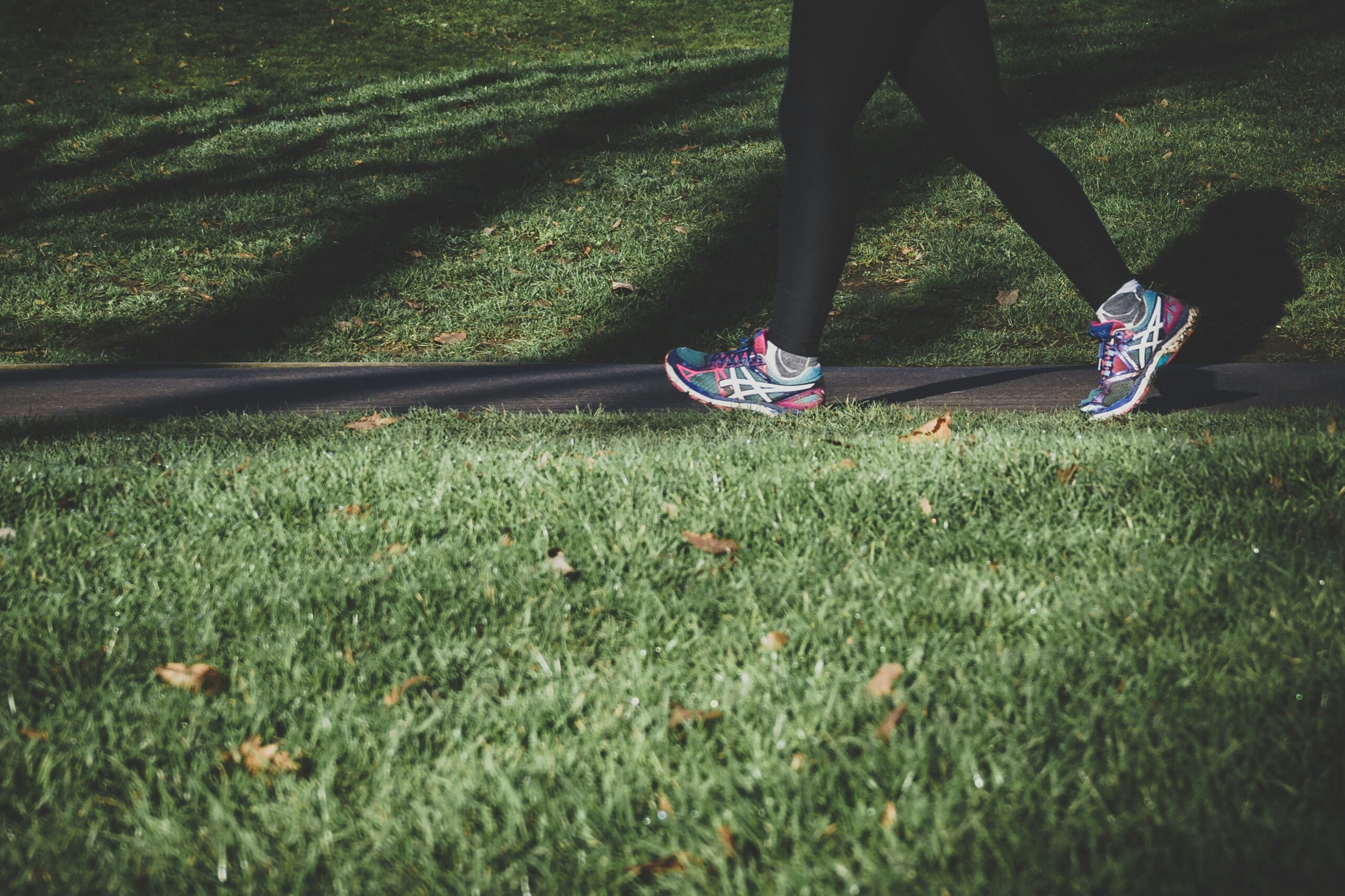In the fast-paced rhythm of life, carving out time for exercise can feel like a Herculean task at times. Yet, if we’re honest, we all make time for what we truly value. Value drives prioritization. The science is crystal clear: integrating movement throughout the day carries no drawbacks—only rewards. One of the simplest, yet most effective practices? Three brisk 10-minute walks. This small investment of time can usher in profound benefits for both body and mind—and, as we’ll see later, for the soul as well.
Physical and Mental Benefits of Walking 10 Minutes Three Times a Day
The data consistently shows that three 10-minute walks a day provide measurable improvements:
- Cardiovascular health: lowers blood pressure, improves cholesterol, strengthens the heart, and improves blood flow.
- Mental well-being: reduces stress, eases anxiety, and lowers risk of depression. This benefit cannot be overstated in the post-COVID lockdown era.
- Energy and focus: boosts blood flow to the brain and fights mid-day fatigue better than caffeine. If climate permits, sunlight during a walk multiplies these benefits.
- Weight management: short bouts of movement add up to significant calorie balance over time. The power of consistent, regular movement is not to be underestimated.
- Digestion and metabolism: post-meal walks blunt blood sugar spikes and improve digestion. Walking after meals has even outperformed Metformin (a leading medication for insulin resistance) in helping those with prediabetes and type II diabetes control their blood sugar.
- Sleep quality: supports circadian rhythm, making it easier to fall and stay asleep. This may be one of the greatest overall benefits of movement and exercise.
- Joint and muscle health: low-impact movement strengthens mobility and prevents stiffness—or simply helps stiff joints move more freely.
- Creativity and productivity: walking sparks fresh ideas and problem-solving. Many great thinkers and creatives of the past and present used walking to refresh their creativity.
- Relational connection: walking with others fosters conversation and community if you invite someone along.
- Accessibility: no need to drive somewhere or grab your gym bag—just shoes and 30 minutes broken into three easy chunks.
The beauty of this practice is its simplicity: the barrier to entry is almost nonexistent. Anyone can begin today.
Spiritual Benefits and Applications of Walking
While the scientific evidence makes a strong case for walking, the benefits do not stop with physical health. Walking can be a profoundly spiritual discipline—a rhythm that shapes not just your body but your inner life. Scripture uses walking as one of its most enduring metaphors for faith, obedience, and intimacy with God. To walk is to move forward, to journey, to remain steady.
Here are several ways three short walks can become a means of spiritual renewal:
1. Walking to Develop the Discipline of Solitude
In a noisy, distracted world, solitude has become a rare gift. Jesus Himself modeled the rhythm of withdrawing to quiet places (Luke 5:16). A 10-minute walk without headphones or phone can create space for reflection and stillness—space where you become more attentive to God’s voice.
Dallas Willard once wrote, “Solitude frees us, actually. It helps us find our footing so that we can engage with others authentically, without being driven by fear or the need to prove ourselves.” Walking alone can become one of the simplest ways to recover that grounding.
Solitude is one of the most powerful disciplines in the disciple’s toolkit for “training unto godliness,” as Paul wrote to Timothy.
2. Walking to Develop the Discipline of Prayer
Prayer doesn’t always require a chair and folded hands. For centuries, Christians have practiced “prayer walks”—turning each step into intercession, thanksgiving, or praise. Whether you’re praying for your family, your community, or simply conversing with God, a walk can transform into a moving sanctuary. Prayer flows more naturally when paired with movement, freeing the heart to open fully.
E.M. Bounds, the great author on prayer, reminds us…
“Prayer should not be regarded as a duty which must be performed, but rather as a privilege to be enjoyed, a rare delight that is always revealing some new beauty.”
A prayer walks capture this spirit—each step not as an obligation, but an invitation into joy-filled communion with God.
Prayer is a tool in the hands of the believer who wishes to come closer to the Lord and understand Him more. Walking simply makes the time flow without restraint and friction.
3. Walking to Develop the Discipline of Gratitude
Each step can be an act of thanksgiving. The very act of moving your body, breathing fresh air, and seeing creation becomes an opportunity to express gratitude. Gratitude shifts our perspective: instead of focusing on what we lack, we recognize the abundance of God’s gifts. A daily gratitude walk trains the soul to notice and appreciate the small wonders of life.
“Give thanks in all circumstances; for this is the will of God in Christ Jesus for you.” (1 Thessalonians 5:18)
Gratitude is a posture of the heart, not a feeling. Many times we choose to be grateful just as we choose to invest in our health. Both are part of the discipleship process. Many believers are underdeveloped in this area.
4. Walking to Develop the Discipline of Stewardship
The Apostle Paul reminds us that our bodies are temples of the Holy Spirit (1 Corinthians 6:19–20). Stewarding the body through walking is not simply a health choice—it is obedience.
By strengthening and caring for your body, you extend your ability to serve God and others. Remember that Christ came in bodily form as the Word made flesh. Your body does and will always play a role in your walk with God. Walking is a small but intentional act of honoring the vessel you’ve been entrusted with.
5. Walking as a Practice of Reset and Reflection
At the end of a long day, a walk can function as a spiritual examen—a chance to look back and notice: Where did I see God today? What burden am I still carrying that I need to surrender? What truth do I need to carry into tomorrow? The slow rhythm of steps creates mental space for spiritual reset.
Reflection is a gift. The ability to step back and examine your day, feelings, hardships, wins, and losses echoes Paul’s encouragement: “Be very careful, then, how you live—not as unwise but as wise, making the most of every opportunity, because the days are evil” (Ephesians 5:15–16). Even ten minutes on foot becomes a redeemed opportunity.
Final Word
The science is undeniable: three 10-minute walks each day enhance nearly every aspect of health—cardiovascular, mental, digestive, creative, and more. But beyond the science lies a deeper invitation: to turn these simple walks into sacred practices.
They can be moments of solitude in a noisy world, prayers whispered step by step, acts of gratitude, habits of stewardship, and resets for weary souls. All of these are tools in the believer’s belt to “train unto godliness.” Thinking in these terms will create peace rather than merely hoping for it.
In a world where time feels scarce, reclaiming 30 minutes a day in this simple rhythm is both a health investment and a spiritual practice. As you walk, let it be more than exercise. Let it be discipleship.


